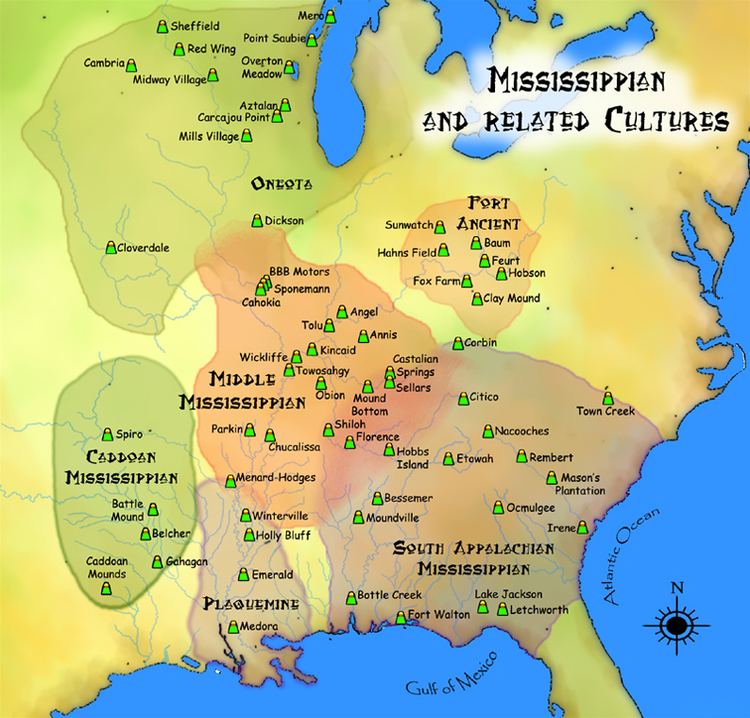Architectural styles platform mound NRHP Reference # 73002238 Local time Tuesday 1:11 PM | Architectural details Number of temples: Area 21 ha Added to NRHP 18 January 1973 | |
 | ||
Location Macon County, North Carolina, USA Cultures South Appalachian Mississippian culture, historic period Cherokee Part of Cowee-West's Mill Historic District (#00001569) Weather 16°C, Wind S at 8 km/h, 64% Humidity Region Macon County, North Carolina | ||
Franklin gem mining cowee gift shop at mason mountain mine
Cowee was an important Cherokee town located on the Little Tennessee River north of present-day Franklin, North Carolina, one of what were called the Middle Towns. The Cherokee occupied an existing developed site; it has been described as one of the best-preserved South Appalachian Mississippian culture sites in western North Carolina and has an earthwork platform mound. The Mississippian culture flourished from about 1000 to the 14th or 15th century.
Contents
- Franklin gem mining cowee gift shop at mason mountain mine
- Map of Cowee NC 28734 USA
- One of a kind home in cowee franklin nc
- References
Map of Cowee, NC 28734, USA
The site consists of about 53 acres (21 ha) of rolling fields and hills. The mound was part of the site, which became an important cultural center of the mountain Cherokee who later migrated south and occupied this area. British colonists attacked the village during the Anglo-Cherokee War, which accompanied the later years of the French and Indian War. It was attacked by colonial Patriot forces during the American Revolutionary War, when the Cherokee sided with the British.
During and after the revolution, the Cherokee also fought a series of actions in the Chickamauga area to evict encroaching European-American settlers. The Cherokee were forced out of the area and the site was abandoned. In the 1840s, the Hall family acquired the property. The Halls held the land for 175 years, and refused to allow private archaeological access to the main platform mound and village area.
The site was listed on the National Register of Historic Places as an archaeological site in 1973. In 2002 Hall descendants began negotiations that culminated in the 2007 transfer of the village and mound to the Eastern Band of Cherokee Indians, along with conservation and preservation easements held by the state.
